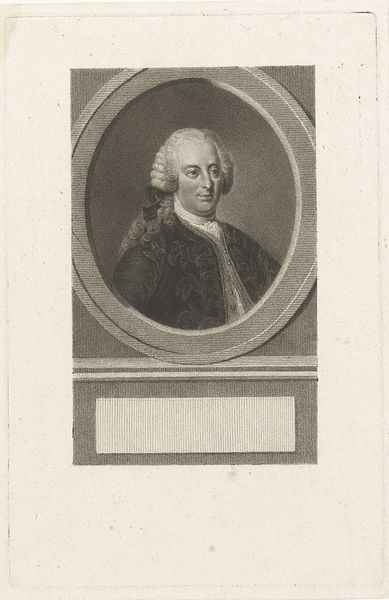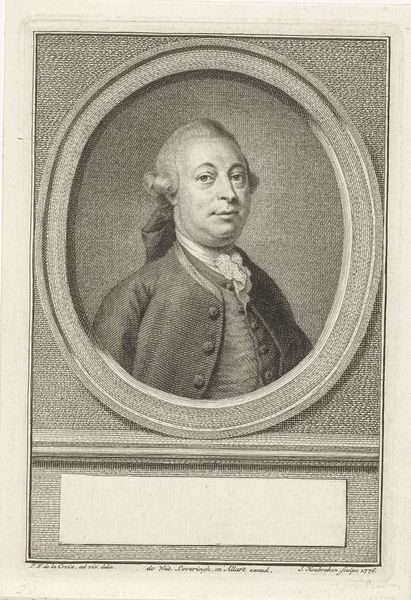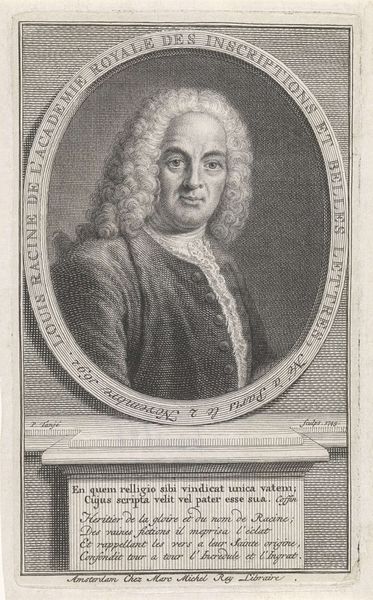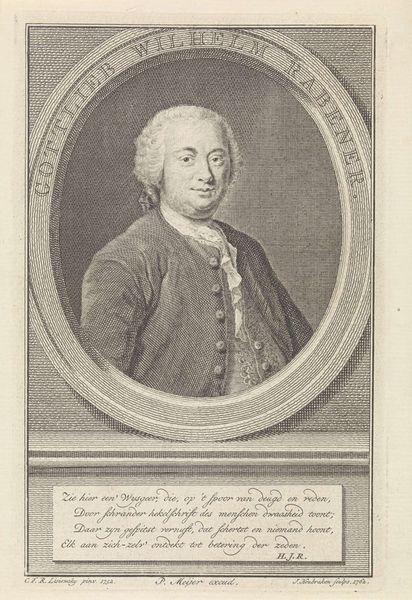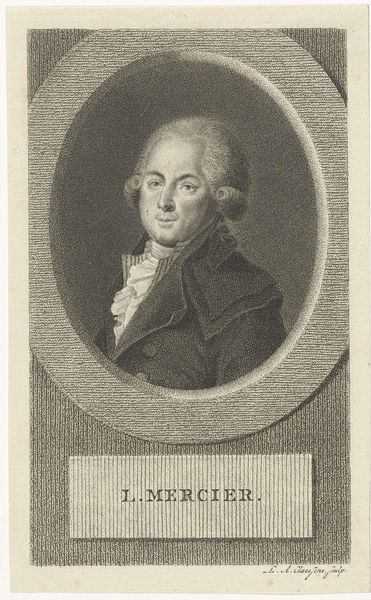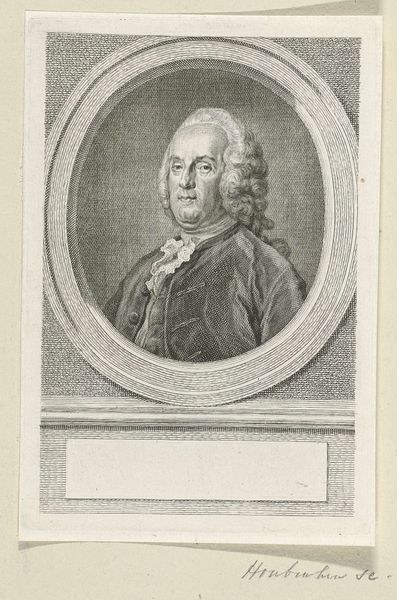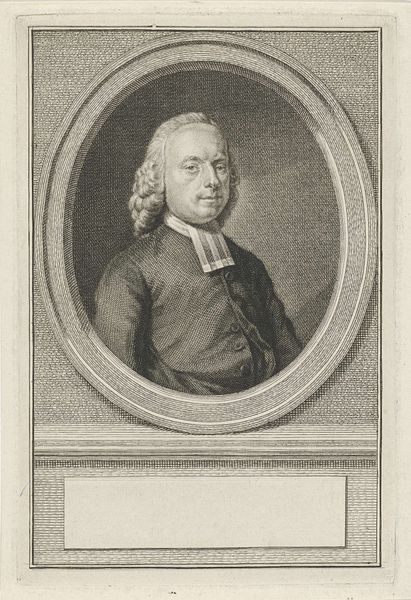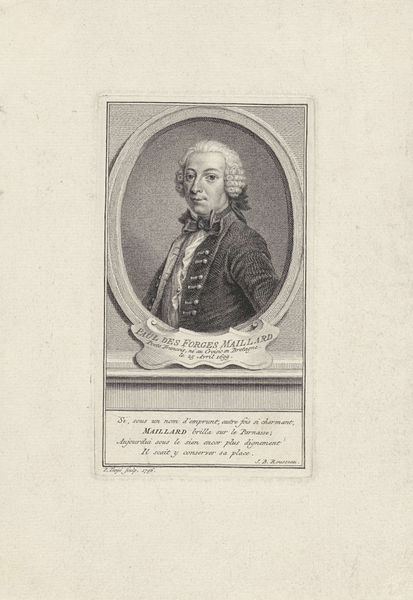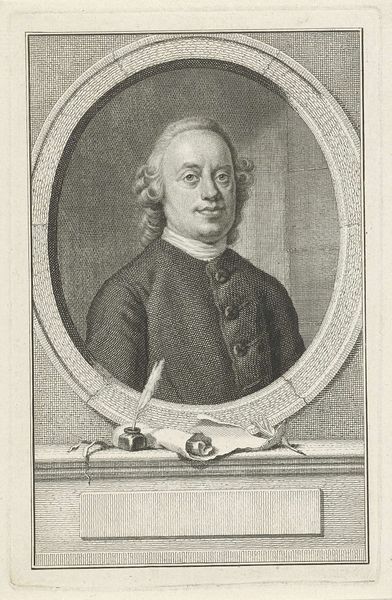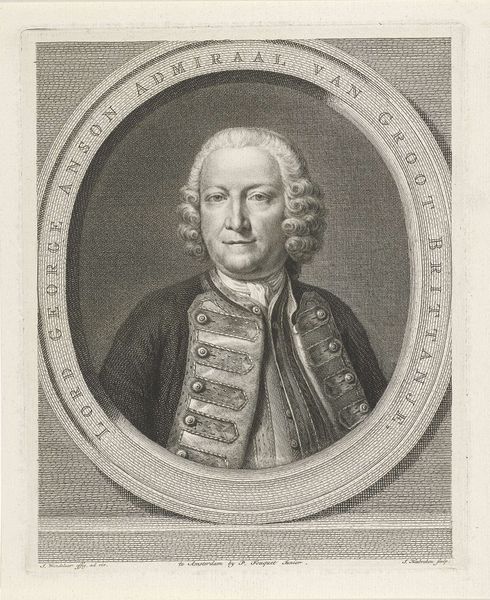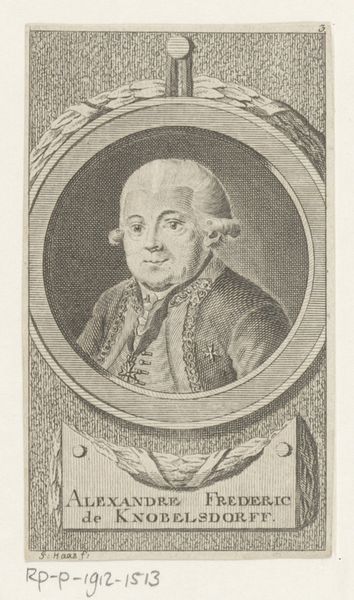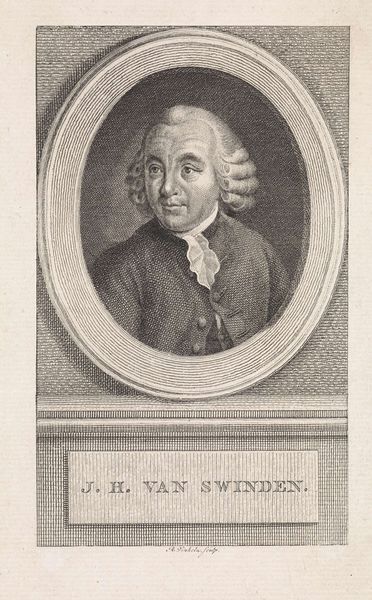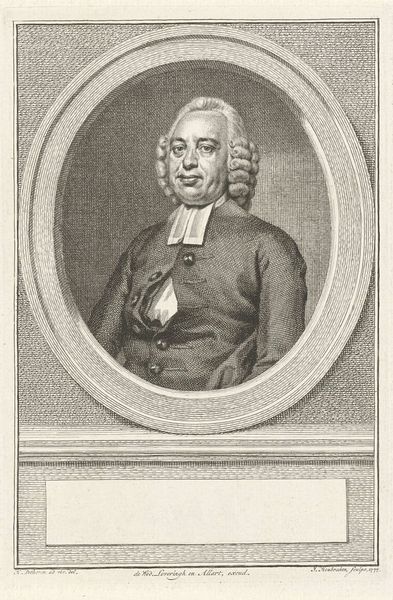
Portret van Hobbe baron van Avyla stadscommandant van Maastricht c. 1792 - 1808
0:00
0:00
Dimensions: height 183 mm, width 115 mm
Copyright: Rijks Museum: Open Domain
This is Lambertus Antonius Claessens's portrait of Hobbe, Baron van Aijlv, made using engraving techniques. This method involves incising a design onto a metal plate, traditionally copper, and using this to print multiple impressions on paper. The fine lines and tonal gradations we see here are the result of skilled labor, of a meticulous, physically demanding process using specialized tools. It is important to remember that producing an engraved portrait like this was a commercial enterprise, connecting the artist to a network of printmakers, publishers, and distributors. The engraver's skilled work translated the sitter’s status into a visual commodity, which could then be circulated widely. Claessens's print isn't just a portrait; it's also a product of its time, reflecting the growth of print culture and the rise of visual media. The print democratized access to images of prominent figures, making them available to a broader audience. By considering the material and social context of this engraving, we move beyond simply admiring the image, and consider the world of labor and commerce that made it possible.
Comments
No comments
Be the first to comment and join the conversation on the ultimate creative platform.
